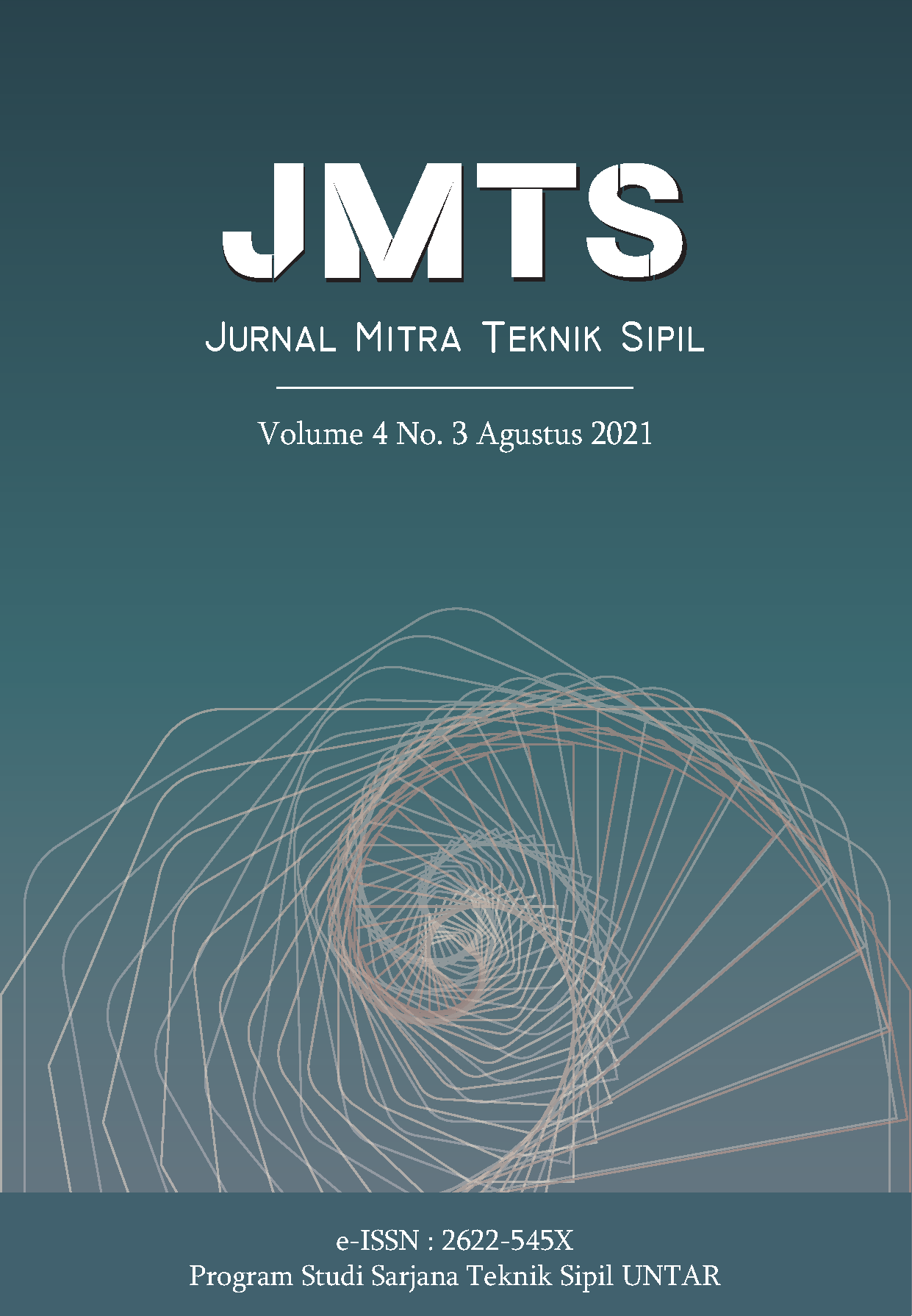HUBUNGAN ANTARA RAWAN BOSAN DAN KEMUDAHAN TERTIDUR DENGAN MICROSLEEP SAAT MENGEMUDI
Main Article Content
Abstract
One of the most common types of sleepiness experienced by drivers is microsleep. Microsleep causes the driver to lose control of his or her vehicle, resulting in accidents that could be fatal. This study aims to determine the effect of boredom proneness and the driver's level of ease of falling asleep on the frequency of occurrence of microsleep while driving. Boredom proneness and ease of falling asleep were measured using questions adopted from the Boredom proneness Scale and Epworth Sleepiness Scale, respectively, while microsleep was calculated using a questionnaire to determine the frequency of microsleep experienced by the driver. The research data were analyzed using the Structural Equation Modeling (SEM) analysis method to calculate the correlation value between research variables. The results of the analysis show that boredom proneness and ease of falling asleep are significantly and positively correlated with the likelihood of someone experiencing microsleep while driving, where boredom proneness is also positively and significantly correlated with ease of falling asleep. There was no significant difference found in the Boredom proneness Scale scores, Epworth Sleepiness Scale scores, and frequency of experiencing microsleep whilst driving between the genders
ABSTRAK
Salah satu jenis kantuk yang paling sering dialami oleh pengemudi dalam berkendara adalah microsleep. Microsleep mengakibatkan pengemudi kehilangan kontrol akan kendaraannya, sehingga berakibat sangat fatal terhadap keselamatan berkendara. Penelitian ini bertujuan untuk mengetahui pengaruh boredom proneness (kecenderungan merasa bosan) dan tingkat kemudahan tertidur pengemudi terhadap frekuensi terjadinya microsleep pada saat berkendara. Boredom proneness dan kemudahan tertidur masing-masing diukur menggunakan pertanyaan-pertanyaan yang diadopsi dari Boredom proneness Scale dan Epworth Sleepiness Scale, sedangkan microsleep dihitung menggunakan kuesioner untuk menentukan frekuensi microsleep yang dialami pengemudi. Data penelitian dianalisa menggunakan metode analisis Structural Equation Modeling (SEM) untuk menghitung nilai korelasi antar variabel penelitian. Hasil analisis menunjukkan bahwa boredom proneness dan kemudahan tertidur berkorelasi secara signifikan dan positif terhadap kemungkinan seseorang mengalami microsleep saat mengemudi, dimana boredom proneness juga berkorelasi secara positif dan signifikan terhadap kemudahan tertidur. Tidak ditemukan perbedaan signifikan pada tingkat kecenderungan pengemudi merasa bosan (boredom proneness), mudah tertidur, dan mengalami microsleep di antara jenis kelamin. Mereka yang berusia di bawah 30 tahun ditemukan lebih mudah untuk merasa bosan, sehingga lebih rentan untuk mengalami microsleep pada saat mengemudi.
Article Details
References
Ariansyah, A., Warta, H., & Irwan, B. (2019) Perancangan Kampanye Sosial Pencegahan dan Antisipasi Microsleep. Thesis, Desain Komunikasi Visual, Universitas Pasundan.
Elpidorou, A. 2014. The Bright Side of Boredom. Frontiers in Psychology: Switzerland
Farmer, R., & Sundberg, N. (1986). Boredom Proneness-The Development and Correlates of a New Scale. Journal of Personality Assessment, 50(1), Hal. 4–17.
Johns, M. (1991). A New Method for Measuring Daytime Sleepiness: The Epworth Sleepiness Scale. Sleep, 14(6), Hal. 540–545.
Owens, J., Dingus, T., Guo, F., Fang, Y., Perez, M., McClafferty, J. & Tefft, B. (2018). Prevalence of Drowsy Driving Crashes: Estimates from a Large-Scale Naturalistic Driving Study (Research Brief). Washington, D.C.: AAA Foundation for Traffic Safety.
Struk, A. A., Carriere, J. S.A., Cheyne, J. A., dan Danckert, J. 2017. A Short Boredom Proneness Scale: Development and Psychometric Properties. Assessment. 24 (3): Hal. 346?359



